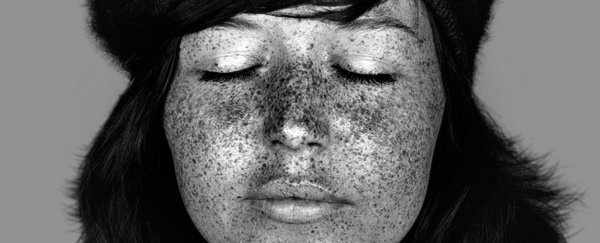Australian actor Hugh Jackman posted an Instagram photo on Monday of his bandaged nose after the removal of a basal cell skin cancer. In the photo caption, he warned his followers about the dangers of not using sunscreen.
"An example of what happens when you don't wear sunscreen. Basal Cell. The mildest form of cancer but serious, nonetheless. PLEASE USE SUNSCREEN and get regular check-ups," the 47-year-old X-Men star wrote on Instagram.
Jackman's photo reminded us of a project by Brooklyn-based artist Cara Phillips, which used ultraviolet photography to expose underlying sun spots and other blemishes in people's faces that the human eye can't see. The project was called "Ultraviolet Beauties".
In a 2012 interview with The Huffington Post, Phillips said she was inspired by the medical portraits she had seen in dermatological offices, which might be used for cosmetic consultations. The photographer used random people from the streets of New York as her subjects.
The images are meant to "reveal flaws beneath the skin," she told the website. The photos also send a horrifying message about the effects of spending too much time in the sun.
"It's not truly a scientific test," Jill Waibel, a board-certified dermatologist in Miami told Business Insider in a 2014 interview, but it can be "a powerful tool for patients in denial that they are doing too much sun".
When our faces and bodies are exposed to the sun, it causes melanin, a dark pigment found in the skin's surface, to clump together. This is what causes freckles, sun spots, and other brown spots.
The photos, taken using ultraviolet light, show the clumping of the pigmentation that is not yet visible on the surface, according to Tom Rohrer, a Boston-based dermatologist.
The images are not a marker for skin cancer or other pre-cancerous lesions, said Rohrer, but it does show the amount of sun damage. Fair-skinned people and those with light or red hair, for example, show more damage to their skin than people with darker skin who have more inherent protection. Additional sun damage might increase the size and number of these small clumpings.
"When you see patients who have a lot of brown spots, it shows that there is damage that is occurring, and that can lead to skin cancer," said Waibel.
Between 2–3 million non-melanoma skin cancers – basal cell being one of the most common types – and 132,000 melanoma skin cancers occur globally each year, according to the World Health Organisation.
Waibel recommends visiting the dermatologist once a year for a full-body skin exam. "You only get one set of skin and you have to make it last," she said.
Check out the ultraviolet photographs below, then head over to Phillips' website to see more of her artwork.
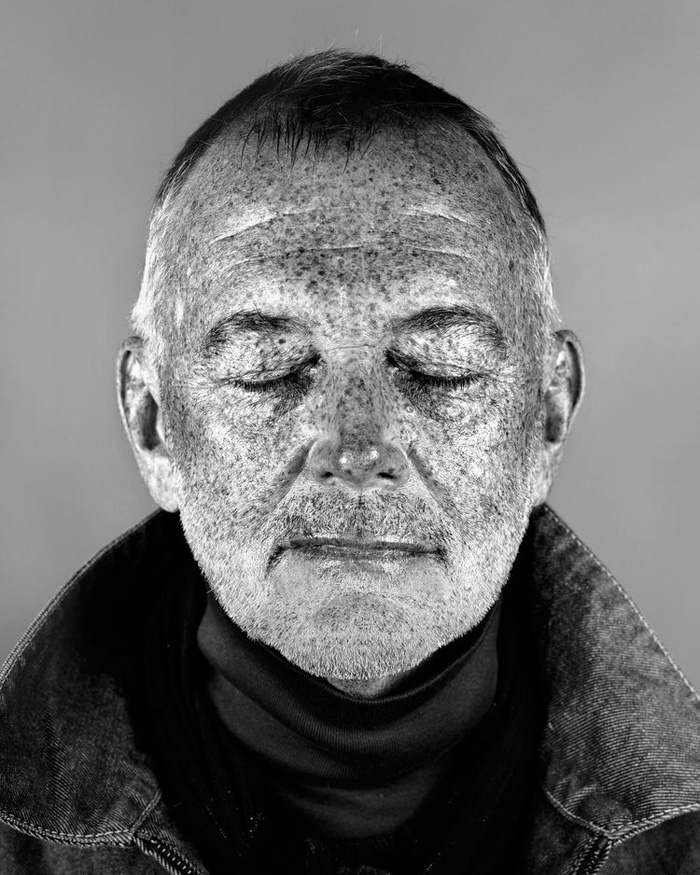 Cara Phillips
Cara Phillips
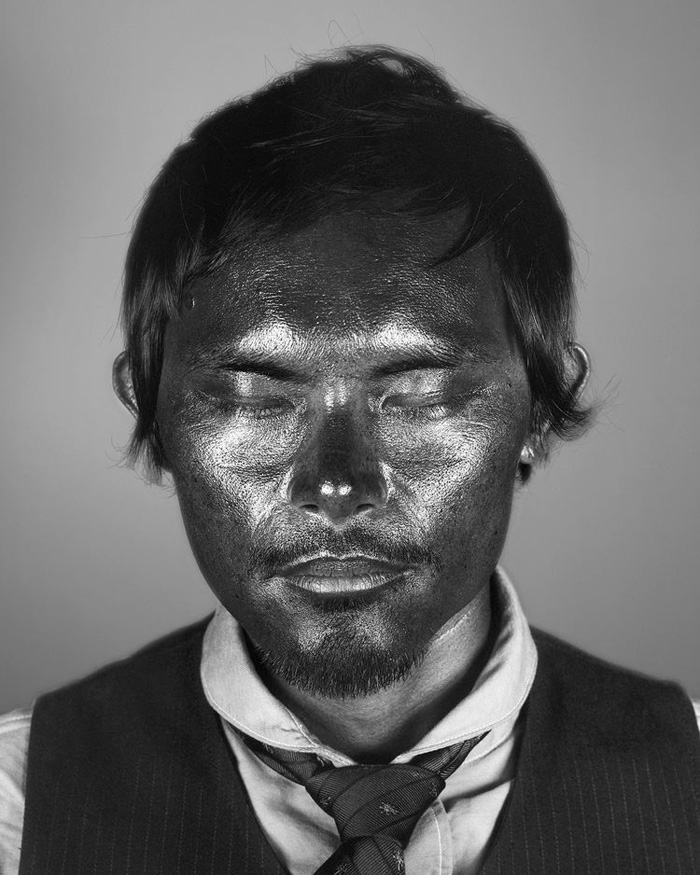 Cara Phillips
Cara Phillips
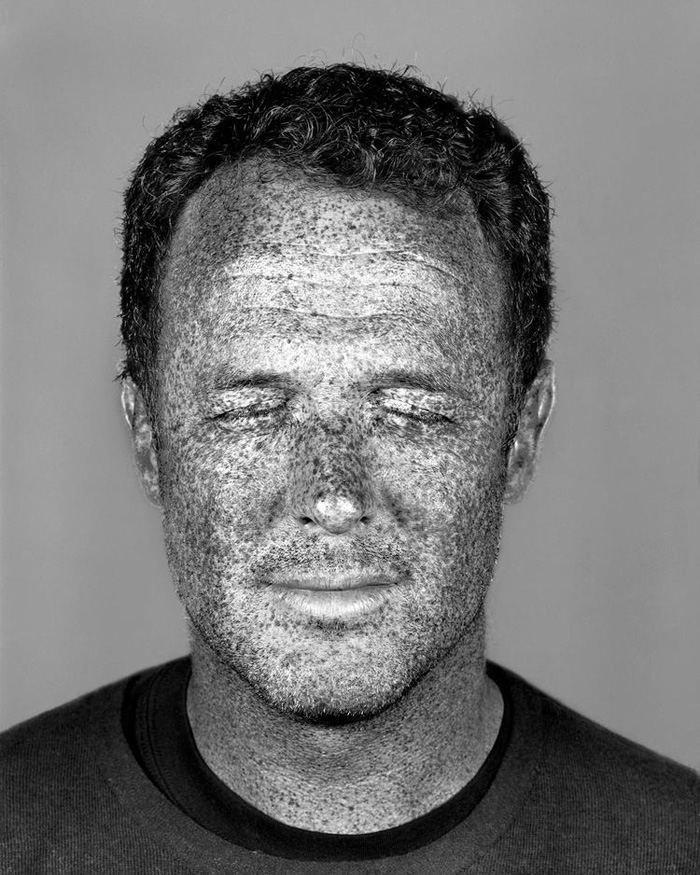 Cara Phillips
Cara Phillips
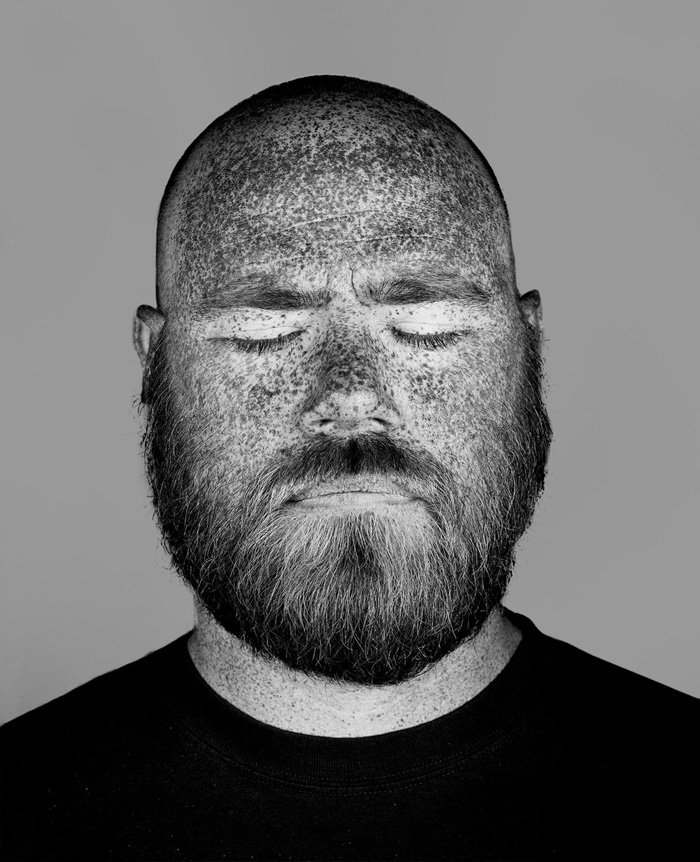 Cara Phillips
Cara Phillips
 Cara Phillips
Cara Phillips
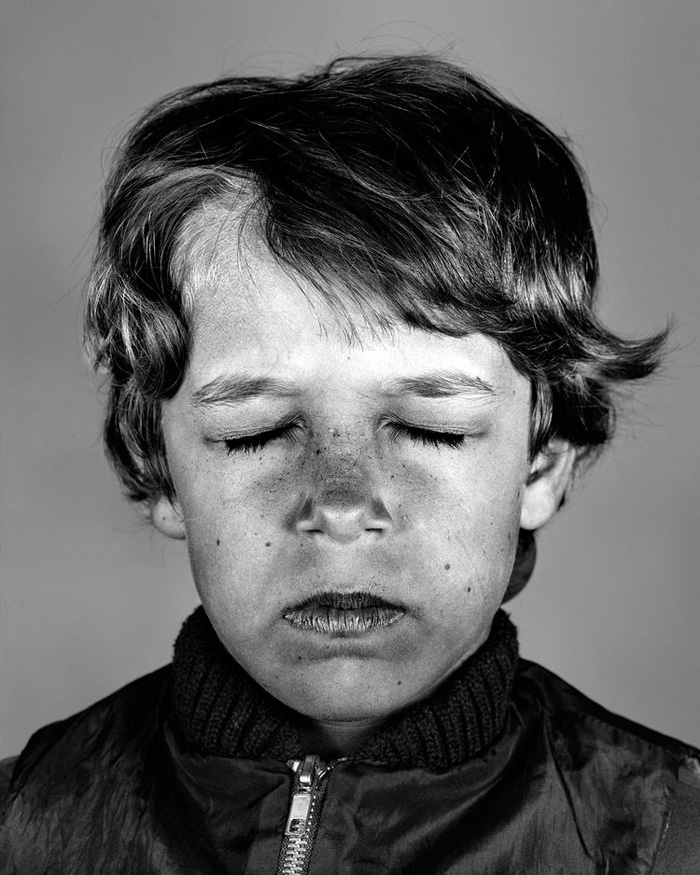 Cara Phillips
Cara Phillips
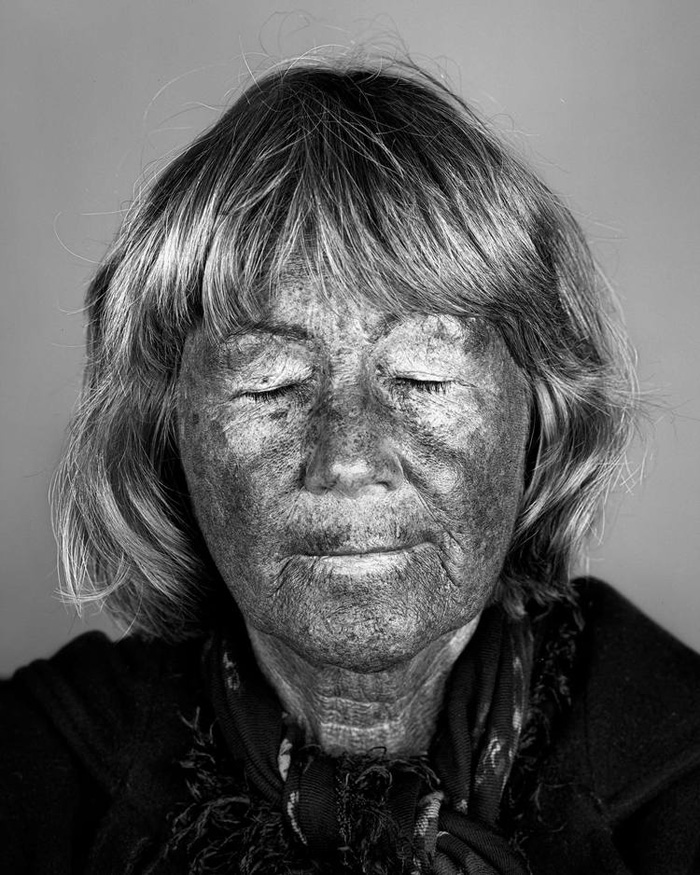 Cara Phillips
Cara Phillips
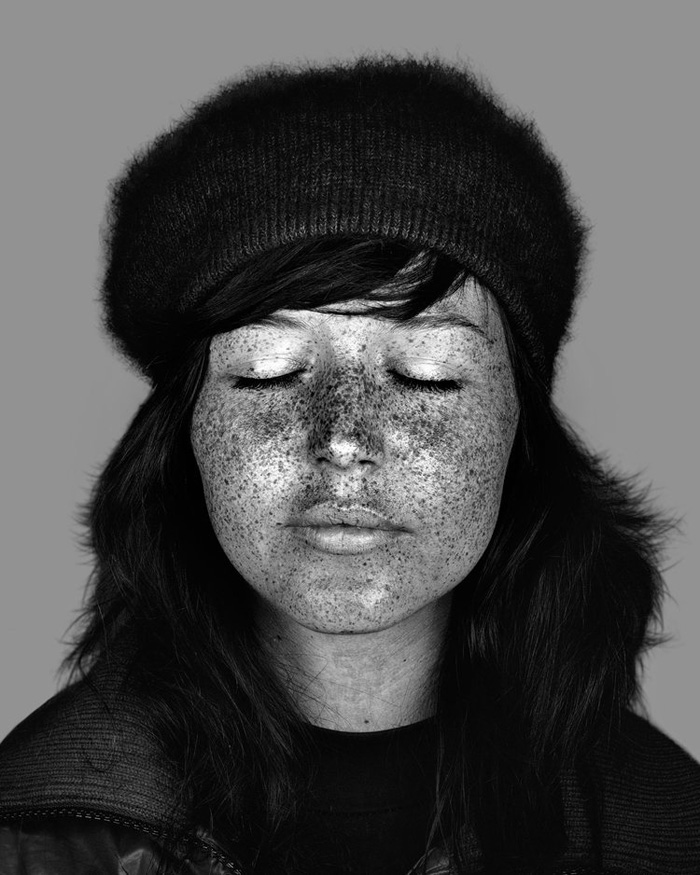 Cara Phillips
Cara Phillips
This article was originally published by Business Insider.
More from Business Insider:
